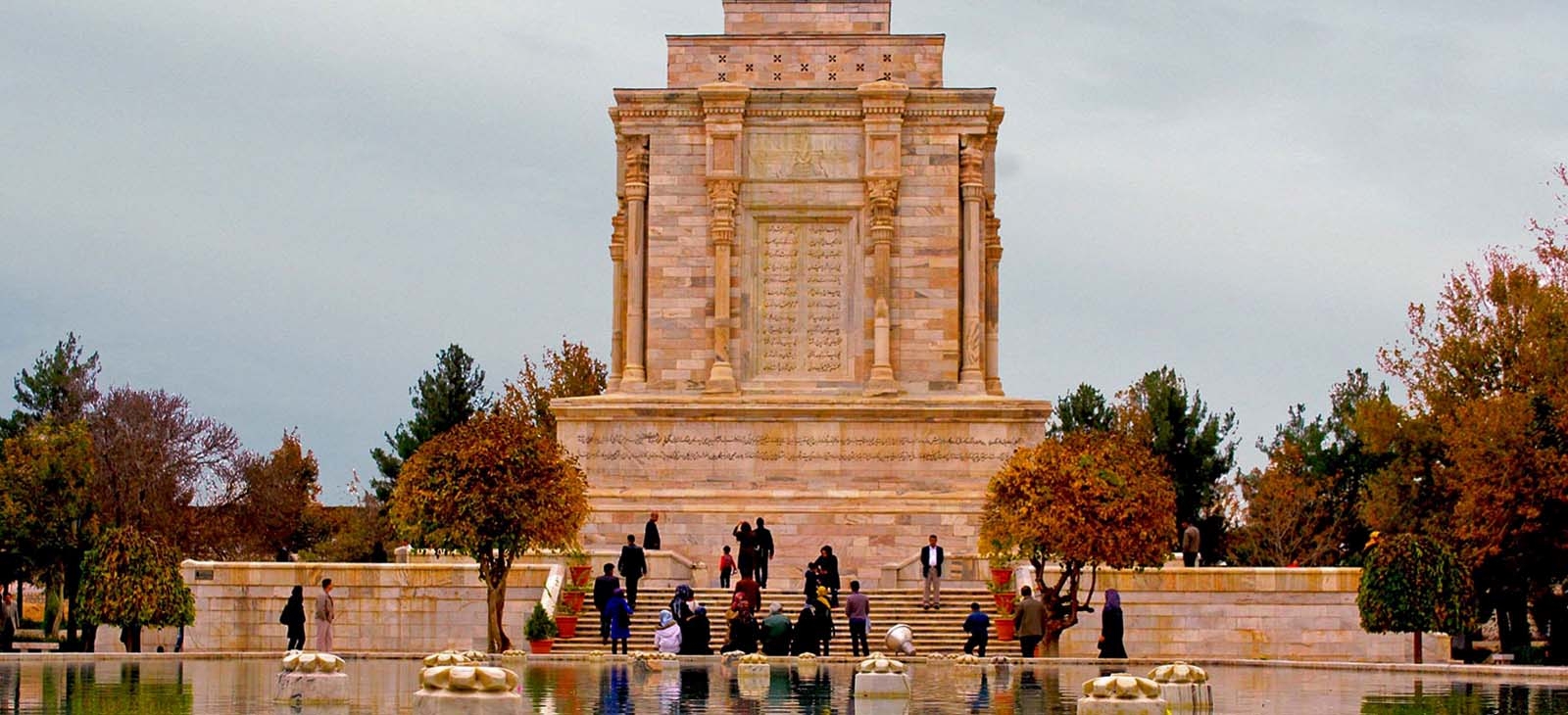The tomb of the great poet Abolqassem Ferdowsi, can be accounted for a place of ‘worship’ so to be called by the lovers of Farsi Literature. This renowned historical site has brought fame for the city of Toos. The construction of this tomb began in the year 1928 and work came to an end in 1934. In the year 1964 a few changes were made in the structure. The internal walls of the tomb are adorned with sculptures depicting scenes from the ‘Shahnameh’.
Tus, also spelled as Tous, Toos or Tūs, is an ancient city in Razavi Khorasan Province in Iran near Mashhad. To the ancient Greeks, it was known as Susia (Ancient Greek: Σούσια). It was captured by Alexander the Great in 330 BCE.
Tus was taken by the Umayyad caliph Abd al-Malik and remained under Umayyad control until 747, when a subordinate of Abu Muslim Khorasani defeated the Umayyad governor. In 809, the Abbasid Caliph Harun al-Rashid fell ill and died in Tus, on his way to solve the unrest in Khorasan. Tus was almost entirely destroyed by the Mongol conquests between 1220-1259.
Perhaps the most famous resident of Tus was the poet Ferdowsi, author of thePersian epic Shahnameh. His mausoleum, built in 1934 in time for the millennium of his birth, dominates the town. Other notable residents of Tus include the earlypolymath Jābir ibn Hayyān; the poet Asadi Tusi; the powerful Seljuk vizier Nizam al-Mulk; the theologian, jurist, philosopher and mystic al-Ghazali; the medieval polymath Nasir al-Din al-Tusi; and the prominent Twelver Shi'i Islamic scholar Abu Ja'far Tusi.

